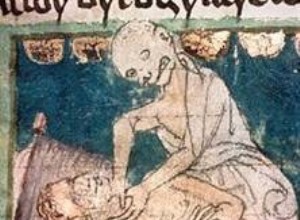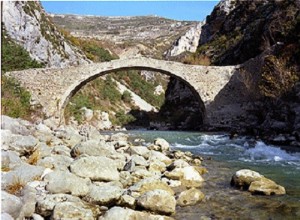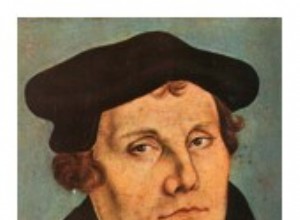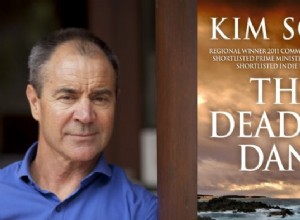TheBlack Death , also called the Great Plague , is an epidemic that appeared in the Mediterranean basin in the middle of the 14th century, causing the disappearance of a third of the European population. Coming from Asia, it would have reached Europe via the Silk Roads and Genoese merchant ships fro




